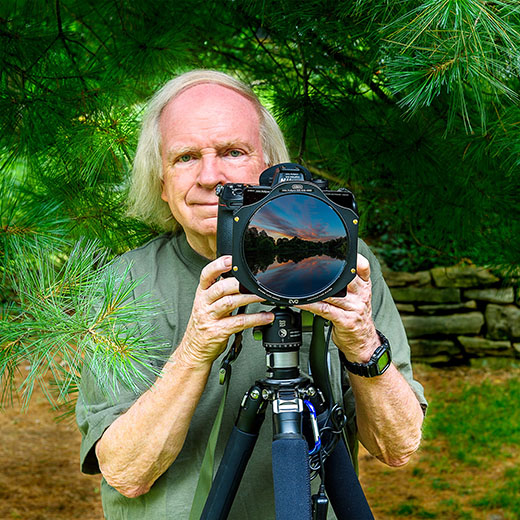
According to a myth of the Aztec Indians, who lived in Central Mexico, the god Quetzalcoatl taught humans to grow seeds from the cacao tree and turn them into a drink they called chocolatl. The Aztecs believed the drink gave strength and wisdom. One Aztec King, Montezuma II, drank 50 cups a day. He even expected his people to pay their taxes in chocolate.
Scientists found traces of chocolate in Central American containers going back to 600 B.C. to A.D. 250.
When Spanish explorer Hernán Cortés arrived in Mexico in 1519, the Aztecs thought he was Quetzalcoatl returned. They welcomed him and served him chocolatl in golden cups. But Cortés turned out to be their downfall, not their god. He stole both the gold and the chocolate and enslaved the Aztecs for 300 years.
Cortés took the cacao back to Spain and served it to King Charles I, who liked his with sugar. Because both sugar and chocolate were expensive then, only royalty could afford it. At first, they drank it cold and whipped to a froth. Later, Spaniards began to drink it hot.
The Spanish tried to keep chocolate making a secret from the rest of Europe. But in the early 1600s, the wealthy could gather at "chocolate houses" to drink, eat, gamble and discuss issues. At one point, London had 2,000 chocolate houses.
Europeans exported chocolate into their North American colonies until the mid-1700s, but it remained very expensive. Chocolate didn't become readily available until 1765, when John Hannon, a chocolate maker from Ireland, started a business with Dr. James Baker of Massachusetts to ship cacao beans directly from the Caribbean. Today, Americans average almost 11 pounds of chocolate per year each, with Europeans eating about twice that amount.
Chocolate starts out as beans from the cacao tree, which grows in many warm countries. Cocoa is the world's third-largest agricultural export crop. Currently, West African countries lead the world in cacao production, followed by South American and Mexico. Twenty to 40 almond-shaped beans lie in a football-shaped pod that grows out of the trunk of the short tree. Each tree produces 20 to 50 pods each year. That's enough to make 5 to 13 pounds of processed chocolate.
Growers pick the ripe cacao pods from the tree, splitting them open to reveal a sticky white pulp surrounding the seeds. The beans are removed from the pulp, cleaned, fermented for five to seven days, and then shipped to factories for processing into cocoa butter and cocoa powder.
When cocoa powder is mixed with just cocoa butter, you get baking or bitter chocolate. With sugar and a little more cocoa butter, you get semi-sweet chocolate. Add a little milk, vanilla and other flavorings, and you get milk chocolate. White chocolate actually has no cocoa, using just cocoa butter, milk and sugar. Most hot cocoa mixes contain little cocoa, having instead mostly flavorings.
A Dutch chemist named Coenraad van Houten discovered how to make chocolate that could be shaped and remain solid at room temperature, while melting on the tongue. That paved the way for the chocolate bar, which was first sold by the English in the 1840s.
Chocolate has B vitamins and minerals, but a 3.5-ounce bar has about 500 calories — as much as two pounds of bananas. It's high in carbohydrates, making it a fast energy food. While chocolate does contain caffeine, it's too little to notice.